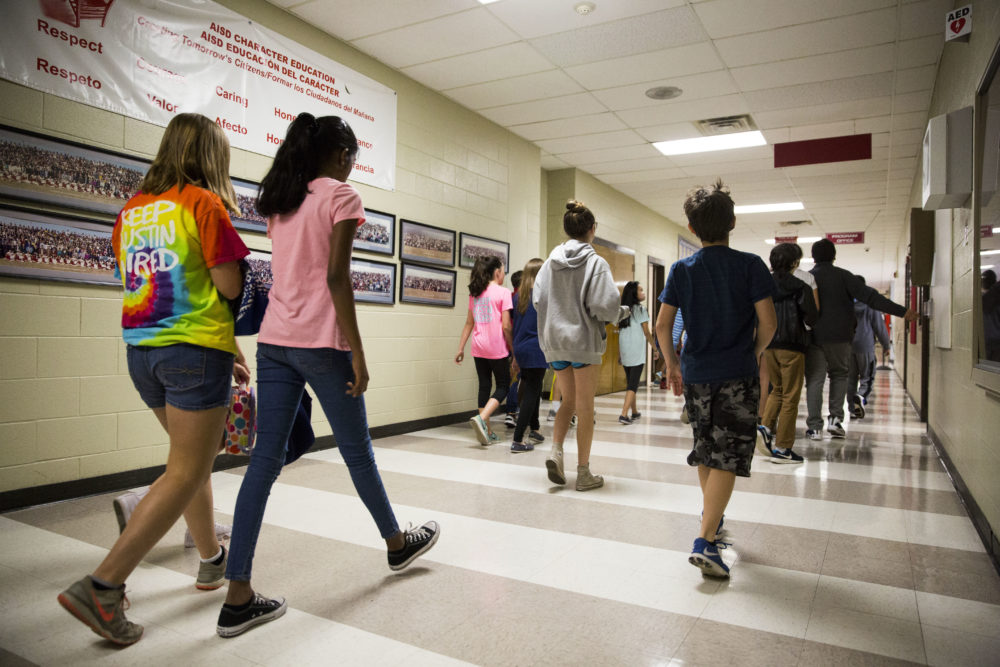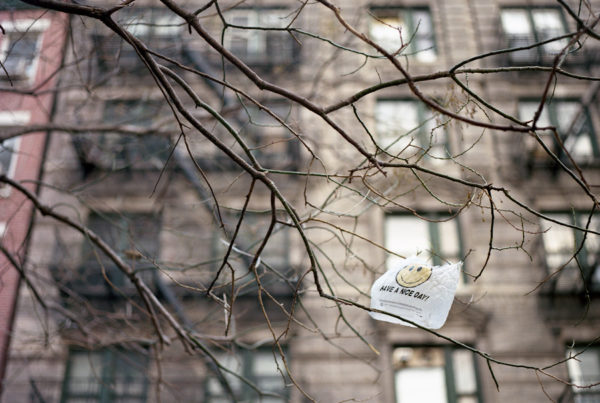Twenty-three percent of the students in Fort Worth ISD are black. But according to a recent report by the Fort Worth Star-Telegram, 62 percent of all girls suspended in the district last school year were African-American. Fort Worth ISD administrators are looking into why this is happening in their district.
The problem is much bigger than Fort Worth ISD, though. Nationwide, girls of color are disproportionately suspended from school, when compared with their white peers. According to research by the National Women’s Law Center – across Texas, black girls are almost seven times more likely to be suspended than white girls.
Texas researchers studying possible factors have made a troubling discovery. The study suggests that adults view black girls as less innocent than white girls. Dr. Jamilia Blake, professor of educational psychology at Texas A&M University, is one of the authors of a new report on the adultification of black girls. She says her study, “Girlhood Interrupted: The Erasure of Black Girls’ Childhood,” conducted in collaboration with Georgetown Law Center on Poverty, is the first to focus on black girls, though earlier research has addressed a similar issue in the lives of African-American boys.
“Adults saw black boys as being less innocent than white boys, across various age ranges,” Blake says of that study. Researchers also found that law enforcement professionals were more likely to believe that black boys were guilty of crimes, and that they attributed this to officers not seeing African-American boys as children.
Blake’s team surveyed adults around the nation about their perceptions of childhood, and compared their responses related to black girls to those related to white girls.
Blake’s study didn’t address suspension behavior in school districts, but she says data about why kids are suspended yields differences in outcomes for white and black children.
“What the national data shows is that even outside of Texas, black children are more likely to be suspended for subjective infractions – for behaviors that are not threatening the school environment – than are white students,” she says. Examples include talking back and being defiant. The disparities don’t appear in objective areas, though, like being tardy to class.
“The other thing we’re seeing is that black students are being suspended at higher rates than they’re being represented in the school,” Blae says. “That’s an indication of bias.”
Written by Shelly Brisbin.















